Pachypodium Geayi Succulent seeds pack of 20 seeds
₹299.00
Out of stock
Email when stock available
Pachypodium Geayi Origin and Habitat: Southwest Madagascar. (localities: Toliara, Leeu-wenberg, Rapanarivo, Mont Eliva, Mahafaly, Betioky, Tsimanampetsotsa, Menarandra, Manambovo, Ampanihy, Tsiombe, Antananarivo, Tulear.)
Habitat: It grows in a variety of soils and habitats comprising sandy soil in old dunes near the sea, limestone (calcareous rocks), schists and red sandy soil in low open dry forest in association with: Didierea madagascariensis, Alluaudia procera, Adansonia za, Euphorbia stenoclada, Delonix adansonioides, Cedrelopsis grevei and Fernandoa madagascariensi.
Pachypodium Geayi Description: Pachypodium geayi is an extraordinarily decorative bottle-shaped tree, 4-7(-8) m high whit stem and branches metallic grey thick and succulent. It strongly resemble cereiform cacti, with highly succulent, cylindrical stems armed with sharp spines. P. geayi is often confused with the more common Pachypodium lamerei, but easily distinguished by having thinner leaves accented with a prominent midrib of a different colour than the rest of the leaf and in the hairs which adorn the young branches and the leaves. P. geayi is one of the largest of the Madagascar species and may be regarded as more decorative than Pachypodium lamerei.
Pachycaule trunk (caudex): Generally unbranched, wholly above ground, columnar, thick, elongated, cigar- or bottle-shaped, 3-6 m long, 15-30 cm in diameter at the base, gradually thickened above up to 40-80 cm, young growth covered entirely with silvery grey felt. Older parts with greyish white to yellowish white papery bark. The trunk contains as much as 91.5% water.
Secondary branches: Few to several only at the summit of the trunk, candelabra-like, more or less horizontal, somewhat stubby.
Leaves: Tufted at the very tips of the branches, thin, linear-lanceolate, narrowing at the top, up to 40 cm long, upper surface glossy grey-green or dark-green, with a bright pink mid-rib. Plants that are stressed by intense heat, cold or lack of water tend to have darker leaves, still, almost purple in colour.
Flowers: The plant has white flowers with recurved corolla lobes and exerted stamens on a rather lax inflorescence.
Growth rate: It is a fairly slow growing plant which in 10 years it can easily outgrow its indoor location, requiring a ‘pruning’. Though branching is usually a response to natural injury, or something that happens in older specimens, one can stimulate branching by cutting off its top. It has amazing regenerative properties.
Soil: It needs a draining cactus potting mix.
Repoting: Repot the plant every 3 years; this is quite tricky given all the spines. The best way is to wrap several layers of newspaper around the trunk where it is to be handled.
Waterings: It needs regular water when the plant has leaves, contrary to popular belief, it likes a lot of water in the warm summers, as long as it’s planted in a very well draining soil. Indoors it is best to err on the dry side, or it is prone to rot.
Exposures: It like full sun to light shade with warm temperatures.
Warning: The body of this plant is very spiny and dangerous to handle.
Propagation: Seeds or division.Fresh seeds results in a remarkable yield of new plants, perhaps 90%, Soak seeds in warm water for 24 hours before sowing in moist sand. Seed start sprouting in just 3-4 days ( but continue to germinate erratically for about 6 month). They are also propagated by removal of truncheons. Carefully cut off the offshoots, they should be allowed to dry for 5 to 8 days before potting up.
Be the first to review “Pachypodium Geayi Succulent seeds pack of 20 seeds” Cancel reply
You must be logged in to post a review.
Related products
cactus and succulent seeds
Thelocactus Hexaedrophorus Seeds rare Cactus Seeds Pack of 20 seeds
cactus and succulent seeds
cactus and succulent seeds
cactus and succulent seeds
cactus and succulent seeds




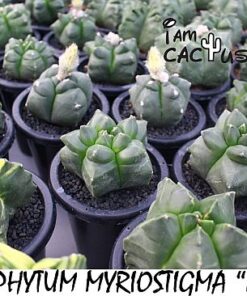
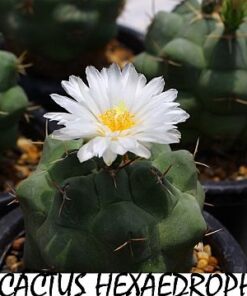
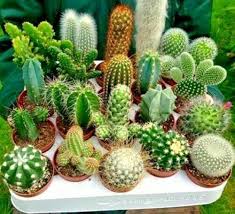
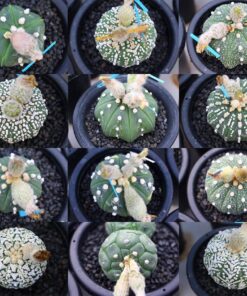
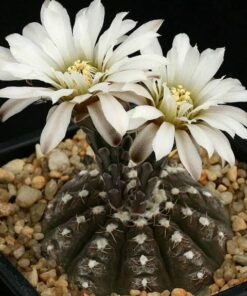
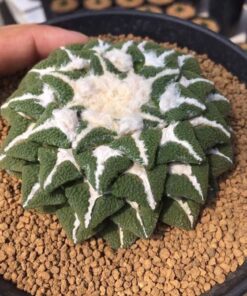
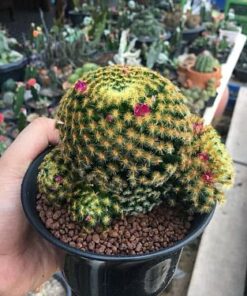
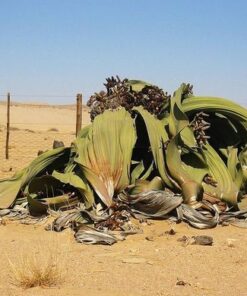
Reviews
There are no reviews yet.